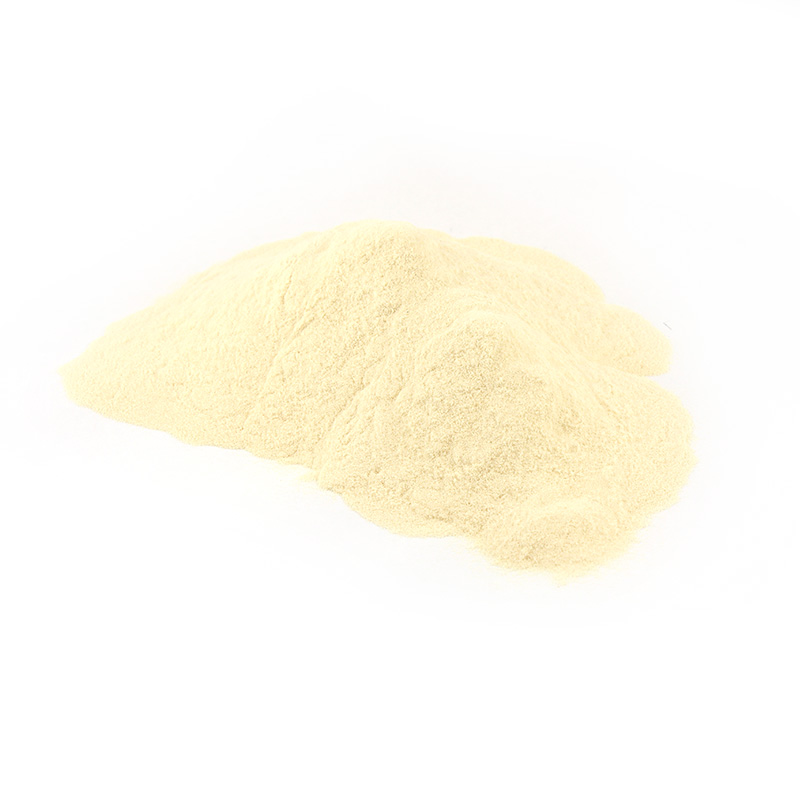Xanthan Gum
Serving Size 5 g - Servings per kg: 200
|
Average Quantity Per Serving |
Average Quantity Per 100 g |
|
|---|---|---|
| Energy | 40 kJ | 830 kJ |
| Protein | <1 g | 3.3 g |
| - gluten | *ND | *ND |
| Fat, total | 0 g | <1 g |
| - saturated | 0 g | <1 g |
| Carbohydrate | 3.9 g | 78.1 g |
| - sugars | 0 g | <1 g |
| Dietary Fibre | 3.1 g | 62.2 g |
| Sodium | 19 mg | 372 mg |
| *ND - Not Detected |
Xanthan Gum
$6.50/100g
Enter your zip code to view availability.
A must-have in gluten free kitchens to improve the texture of many baking recipes.
How To Use:
Add a small amount, about ¼ to 1 tsp for every cup of flour, to baked goods as a binder and raising agent or to dough to make it elastic.
It’s also a handy thickening agent for gravies, sauces and soups.
Use in homemade salad dressings to stop ingredients from separating.
Storage:
Store in an airtight container in a cool, dry place, away from direct sunlight. See Best Before date.
Image is for illustrative purposes only.


